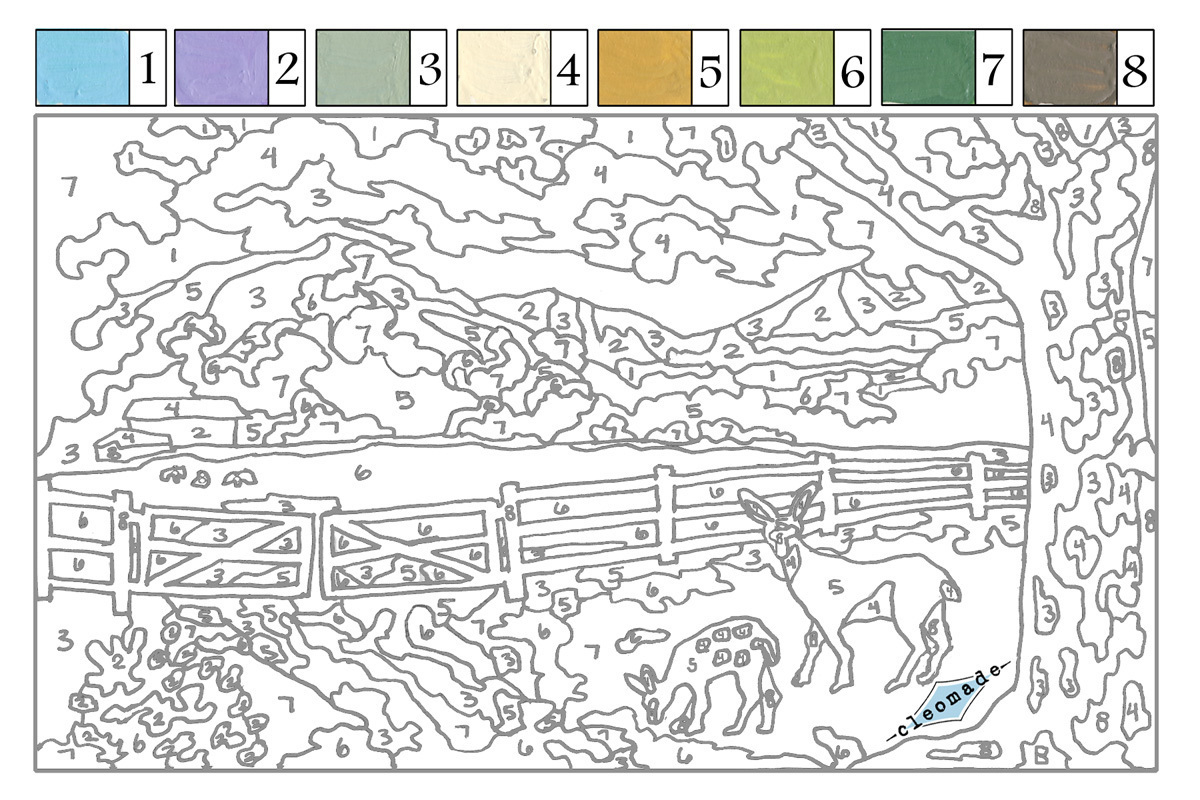Remember paint-by-number as a kid? There was a black and white drawing of something, sprinkled with numbers. The numbers correspond to the paint colors. Match the paint color to the numbers in the drawing, and presto, instant masterpiece.

This is the [mental model] (https://jamesclear.com/feynman-mental-models) of many people creating websites, flyers for the bake sale, and other digital communications. Find the template you need, drop in your own information, and presto, instant masterpiece.
Only in both cases, it’s not really a masterpiece.
With paint-by-number, painters get the joy of doing the painting without doing the work of visualizing something and mastering painting technique to produce the thing.
With a Microsoft Word template, there may be a match to what the user wants to convey. An event flyer to hang in a coffee shop or library contains all of the same information: event title, time/date/location/cost, brief description of what happens and what will be experienced, contact information for questions, and an eye-catching graphic. Of course, the flyer looks similar to other fliers on the bulletin board, because everyone is using similar templates. But it may accomplish its goal.
With websites, templates provide a way for many to structure their content. They don’t quite know what to say, or how to say it, but they need a website. They pick a template, fill in the information to the best of their ability, and hope it works well enough to accomplish their goal(s).
Creating a method(s) to guide someone through the thinking process about a problem at hand is incredibly difficult. We get distracted by the “edge cases,” the 20% of cases when the process doesn’t work, rather than the 80% of cases where it does.
Refining the method to a fill-in-the-blank document, workbook, or template is another layer of abstraction where another 20% of cases are lost along the way.
Structured thinking about a problem is really difficult. If you can refine your methods for approaching a problem into a paint-by-number solution, people will pay lots of money for it, even if it’s not perfect.
